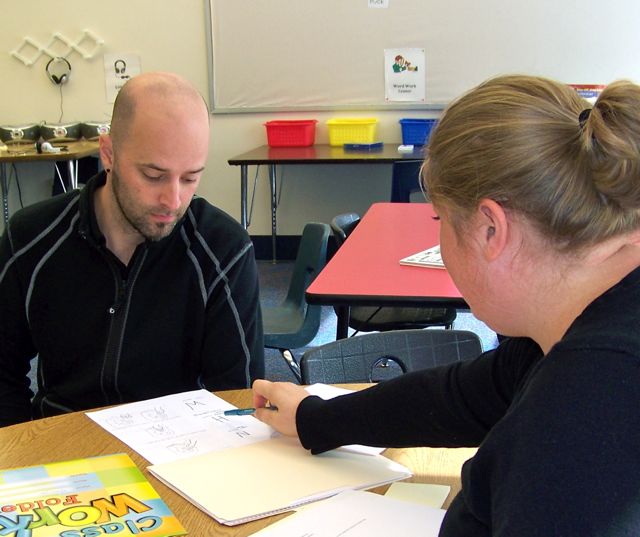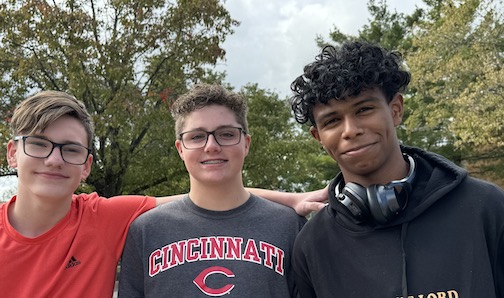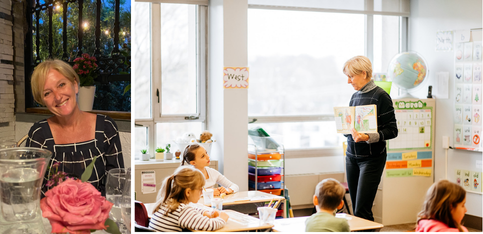
Preparing for Your Child’s Fall Conference
October 7, 2013Awareness is the First Step to Understanding
October 17, 2013
Many times as parents we ask ourselves, “What should my child be able to do at her current age?” We might try to answer our own question by comparing her to a sibling or to her peers in the classroom.
This question is even more challenging when concerns involve your first-born, or only child, and you have no frame of reference to help guide you. I know with my firstborn child I would have appreciated knowing what to expect in terms of the milestones for early childhood development. Not knowing what to expect made it difficult for me to be an advocate for her.
By the time our youngest son was three, I began to notice developmental delays in learning. It was challenging for him to listen and understand age-appropriate stories when read aloud to him. He didn’t have an interest in talking about the story, but he did point to pictures and giggle. It was hard for him to sit on my lap long enough to finish a board book. He didn’t know what to do with toys, even after we modeled proper use. He continuously banged toys together while making crashing sounds. I would hold up his favorite teddy bear, hug it tight and say, “I love teddy bear.” When I handed it back to him to imitate, he would say, “wub B.” While his grandparents thought it was so cute to hear him talk like that, it wasn’t cute – it was a warning sign.
The favorite time of my day was when I would take our four children outside to the swing set and sing nursery rhymes to them; they would join me in singing too. But my youngest son would get down from the swing and go play with something else. I knew something was going on but didn’t know what was wrong. I thought for sure things would change once he got to preschool…but they didn’t. In fact, more learning delays surfaced.
By the time our son was in kindergarten, many learning challenges were apparent to his teacher, my husband, and me. He wasn’t able to sit for more than five minutes to listen to story time. He preferred to be up and on the go in the classroom. He could follow only one-step directions. He had difficulty taking turns when talking with peers. He struggled to remember numbers, letter names and letter sounds. His teacher thought it best to repeat kindergarten. Repeating what he already learned wasn’t the answer for our son; a different approach in teaching him was needed.
Our son needed explicit, systematic, cumulative, and multisensory instruction in order to learn and be successful. Once he received direct instruction, his learning and self-esteem soared.

The earlier a child receives intervention, the sooner she will experience success. Remember, you are your child’s first advocate. Knowing the milestones for early childhood and knowing how to help your child at home, will better equip you to respond if warning signs begin to surface.
Blogger Sandi Staud shares her expertise on diagnosis and intervention for learning disability in early childhood. If you have questions, please contact Director of Learning Programs Carmen Mendoza at .



